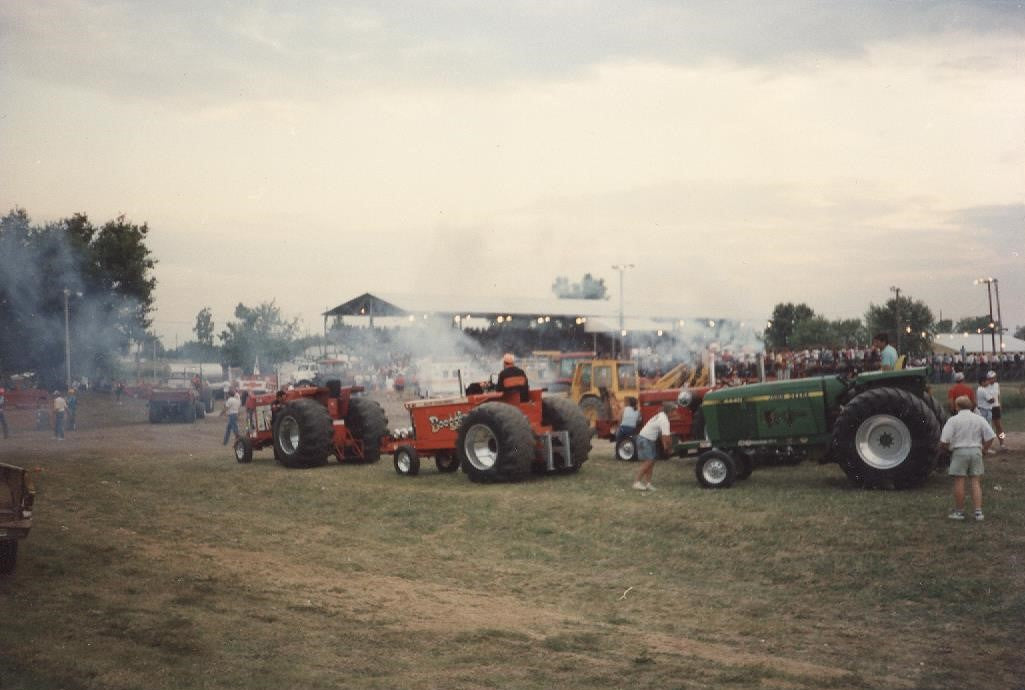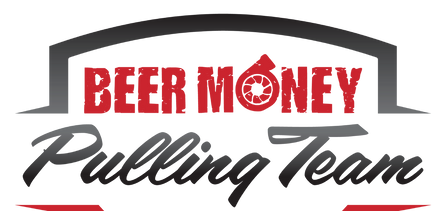Tractor Pulling’s Foundation Which Class’s Roots Run Deepest?

Tractor Pulling’s Foundation Which Class’s Roots Run Deepest?
If you were to bring a friend to a national level pulling event, a pal of yours who had never seen, or potentially even been exposed to the sport of tractor pulling, perhaps both this potential new fan and yourself would feel a bit overwhelmed. Now, to each of my readers out there, analyzing, interpreting, and understanding a pull is very simple. We have more than likely grown up around the sport. We are so familiar with the basic premise it no longer makes much of an impression on us. The complexity and varieties of the classes are long since something that each of us have come to understand. Heck, we can recognize the difference between a Light Pro Stock and a Light Super Stock by simply examining tire sizes or exhaust pipes.
However, let’s not try to view this pull as seasoned fanatical veterans, but rather through the eyes of our novice friend, perceiving pulling for the first time. They would see tractors. Lots of odd looking machines. Dozens of agriculturally inspired pieces of equipment that resemble their base models less and less with each coming decade. Tractors with really big tires, parked next to tractors with really really big tires. Some with one exhaust stack, some with two, even one with a big rectangular box where the exhaust stacks should be (well done Mr. Hirt). Our new friend would be lost in a whirlwind of vocabulary like Super Stock, Pro Stock, Super Farm, 4.1, Modified… But what is what?!
So, as the well rounded pulling expert we are, we decided to explain pulling from the beginning. Let’s start by discussing the very first class. We will tell our pal which of these multitudinous ways of competing came first, and how each class evolved and developed separately as times, competition, and financial levels varied. Today is not about trucks, semis, mini-rods, or modifieds. We are starting with the basics. It began as tractor pulling, afterall, so let’s just differentiate between the classes of tractors.
Start with what came first. Hmm… Perhaps this isn’t as simple as we thought. A Super Farm looks, and sounds most similar to a tractor. Is that the “original” class? Esdon Lehn’s Red Line Fever has existed since the early 1980’s. Could the Diesel Super Stocks be the originals? What about all these 10,000 pound Pro Stocks? They are already my buddy’s favorite. Just listen to them growl! And yet, none of these feel like the original.
Super Stock Open. Unlimited Supers. Heavy Super Stocks. 8,000 Pound Super Stocks. Heck, I’ll even go old school and call them the 75’s. In my opinion, this is the original gangster of all tractor pulling vehicles. For, what was it that started tractor pulling? It was the simple question: Whose tractor could pull a weighted sled the furthest distance. Rules and regulations were something to be thought of later, and primarily developed for safety, as opposed to class maintenance. We didn’t even name classes in the beginning. A farmer in a field had a John Deere 4020. He turned the fuel up on it, and it ran pretty niceley. More fuel meant more air. A second turbo charger was added. How about traction? Let’s bolt on some bigger tires. So on and so forth. Repeat this process with every model imaginable, and you have the basics of the Super Stock class. Tractors being tuned and tweaked to run as aggressively as possible.
Every other class essentially developed off this one, and this class would eventually, through the development of the vocabulary of the sport, become known as the Heavy Super Stock class. Some pullers swapped the power plants out in favor of big block Chevy’s or Allisons. Those aren’t tractor motors anymore, and the modified class was born. Some folks felt that their personal smaller agricultural equipment couldn’t compete, and levied for a class of their own to equalize the playing field. Now we have the Light Super Stock class. To their credit, they did discover a fuel system that would revolutionize the original class, but it never changed the essence of it. Well what if this heavier Super Stock class is becoming too expensive? What if we want a more economical class, with more limitations (smaller tires, less turbo chargers). Hey, looky there, now we have Pro Stocks (who then developed with all their own family of subclasses such as Super Farms, Light Pro’s, and Limited Pro’s).
Then the big shift. Remember that fuel source the lighter little brothers gave us? Now those alcohol burners in the big class are causing quite a stir in the heavy class. Will diesel fuel become a thing of the past? Have we entirely lost touch with our origin? Let’s preserve it. The Diesel Super Stock Class came to be. But the Heavy Super Stock class endured. Now, we could split hairs and determine if it evolved from the 9,500, or 7,500 pound origins? (Or even the 12,000 for our true blue fans). I would almost argue that anything over 7,500 sadly and simply enough went the way of the dinosaur, but perhaps that is history for another time.
The roots of pulling today can still be seen on the track. Possibly in the highest performing, and furthest removed from their beginnings, but I would argue the Super Stock Open class is the most original class the sport has to offer. If you are bringing a brand new fan to a pull, especially a large one with multiple classes, and struggling to explain to them why we have so many classes, and rules, and regulations, and limitations, point to the big alky supers. Start there. That is the grandaddy of pulling.
Green Flags and Tight Chains.
Pulling is Fun.
Mike Eitel
Engagement Specialist
Beer Money Pulling Team
michael.eitel.bevier@gmail.com
660.342.0206










